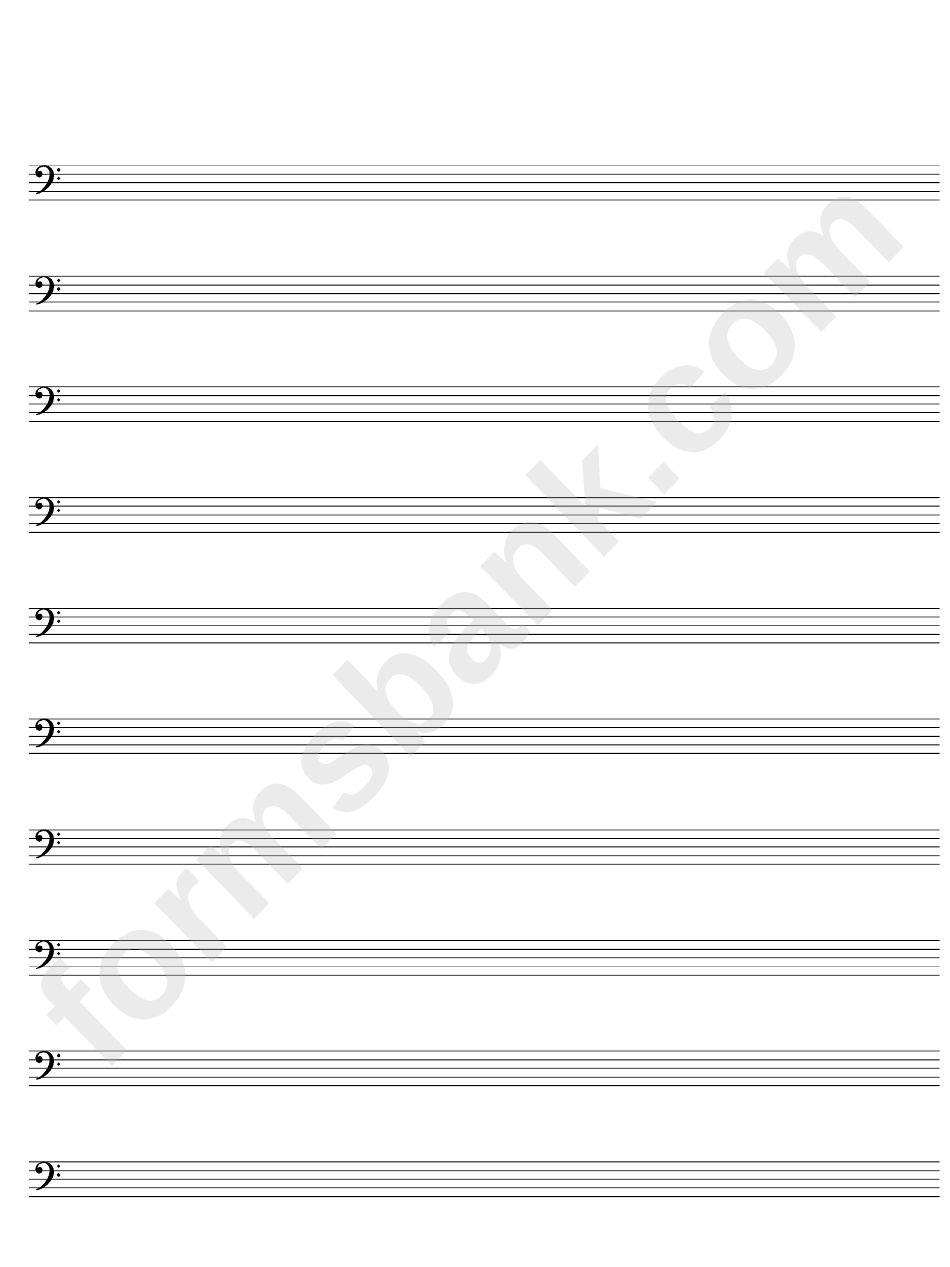

BASS CLEF NOTEA HOW TO
It is critical to learn how to interpret bass clef piano notes. When it comes to learning how to read music, there is a common metaphor that gets around: “learning to read music is like learning a foreign language.” The language of music is unquestionably different from our everyday communication, language, but it is not as tough as it appears, and in fact, it is a lot easier than you may believe. How to Learn B ass Clef Notes, in Order to Play Piano More Fluently? None of the notes on the five treble and five bass clef lines are in the same vertical position. The rules for reading treble and bass notes are distinct, which indicates why many individuals fail to learn to read bass clef after learning treble clef. Therefore, it is called a G clef! However, on a bass clef, the second line from the bottom is a “B.”

The second line from the bottom of a Treble clef, for example, is a G. The right hand is usually notated on the top staff in treble clef, whereas the left hand is normally notated at the bottom in bass clef.Įach line and space on a staff represents a letter of the musical alphabet as well as a specific instrument note. Since five lines of staff are insufficient to convey the whole range’s capabilities, two sets of five lines are needed. The piano is a unique instrument because it contains 88 notes, allowing it to cover a wide range of high and low sounds. These clefs, when combined, specify which notes to play in which hands. Have you ever observed that a piece of piano music is divided into two parts? The treble and bass clefs are shown in these two parts. Why Does Playing Piano Require Two Different Clefs?


The tenor clef is less commonly used, however, it is there when the cellist has to perform at a higher range. Some middle-of-the-road instruments, such as the viola or alto clarinet, employ the alto clef. The bass clef is used by instruments having a lower pitch, such as the cello, bassoon, or tuba. The treble clef is used by instruments having a high pitch, such as the violin, flute, piccolo, or clarinet. Alto clef and tenor clef (C clefs) – are used to express medium pitch notes.Įach instrument has a clef that relates to how high the pitch is on that instrument.Bass Clef (F Clef) – a notation for bass notes.Treble Clef (G Clef ) – used to represent high notes.In French, clef means “key.” The musical clefs are classified into three types: What is Musical Clefs?Ī clef is a musical sign that shows which notes are represented on a musical stave by the lines and spaces. The relevance of this is that when a person learns one instrument, they only focus on one clef.īefore we get into what bass clef is or how we utilize bass clef notes in Piano, we’d like you to first grasp the fundamentals of music notes and how to read music. However, double bass low instruments may play incredibly low sounds. A violin, for example, can only play higher register notes. However a given instrument can play more than one note at a time, the registers are either the same or extremely close together. The majority of musical instruments can only play one note at a time. This implies that relatively little time is spent studying the bass clef notes, and as a result, even many expert pianists read the bass clef notes slower. Isn’t it strange how people, or should we say beginner instrumentalists, find bass clef (left hand) difficult? Despite the fact that it is supposed to make music reading easier by avoiding the need for too many ledger lines! It is logical, though, because when a person first begins studying an instrument, they are more likely to focus on treble clef notes.


 0 kommentar(er)
0 kommentar(er)
